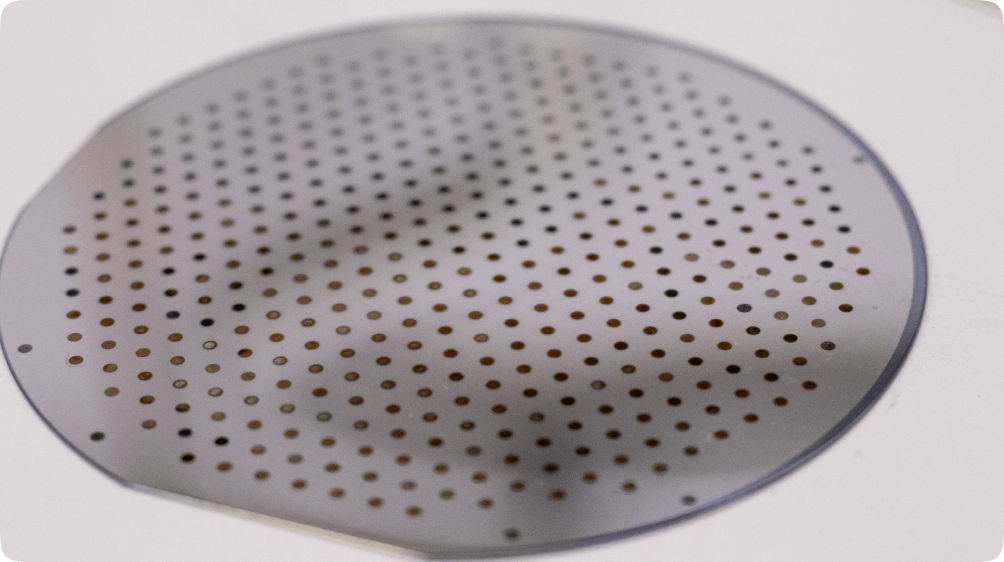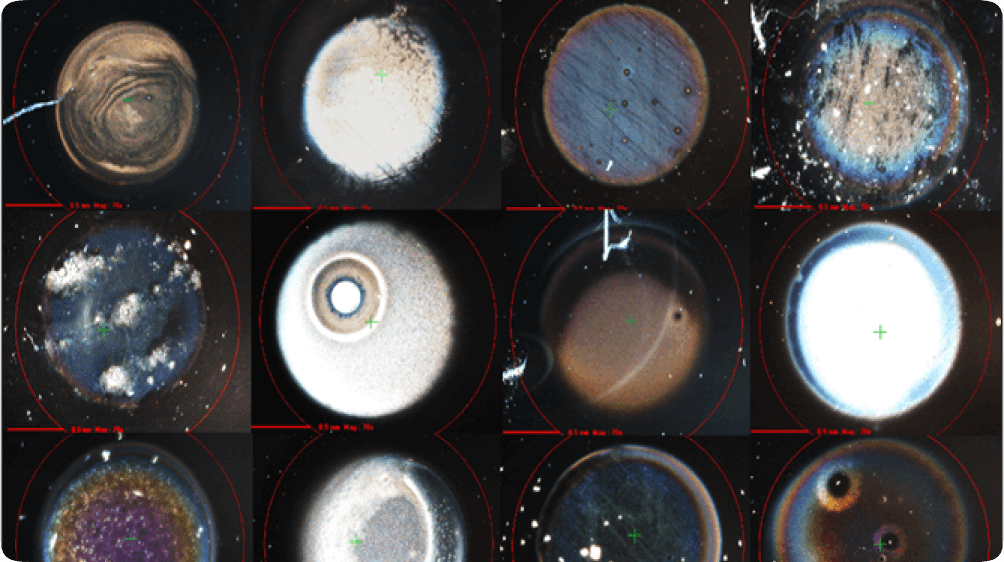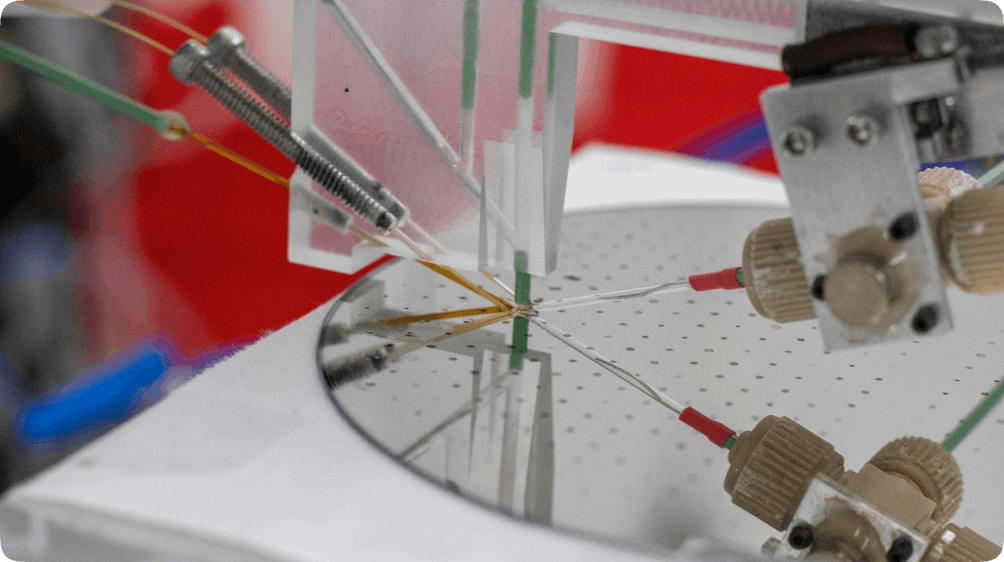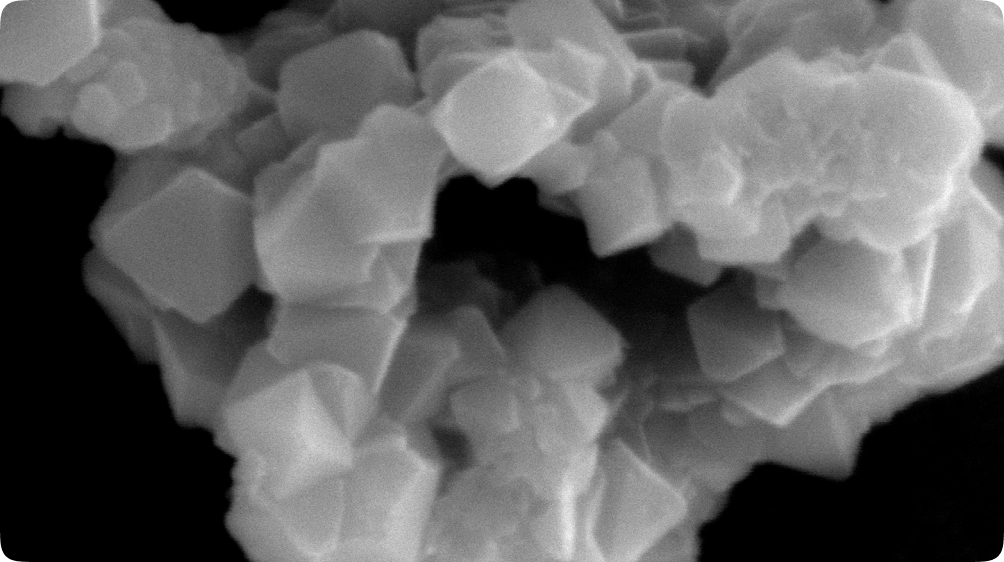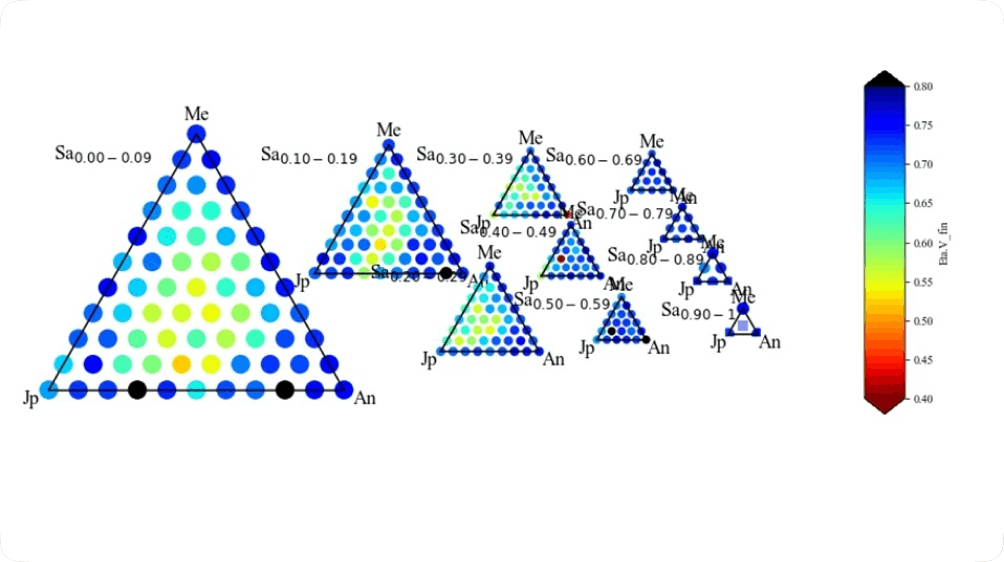Catalysts for a
sustainable future.
The world is rapidly adopting Green Hydrogen – not only as a replacement for grey and blue molecules, but as a clean energy currency and crucial feedstock for green downstream molecules like ammonia, methanol, and e-fuels. The dirty hydrogen industry today is so large that it emits a billion tons of CO2 per year. No “new economy” use cases for hydrogen are necessary in order to have an enormous environmental impact with green production.
Hard-to-decarbonize industries across the globe – transportation, energy, metals, chemicals, construction, etc. comprise the vast majority of 2050 GHG target challenges. The world can’t trade one problem for another, limiting Green Hydrogen production due to critical mineral constraints. That’s why at Calicat we’re focused on reducing and removing the rare and pricey precious metals used as catalysts for producing hydrogen today.
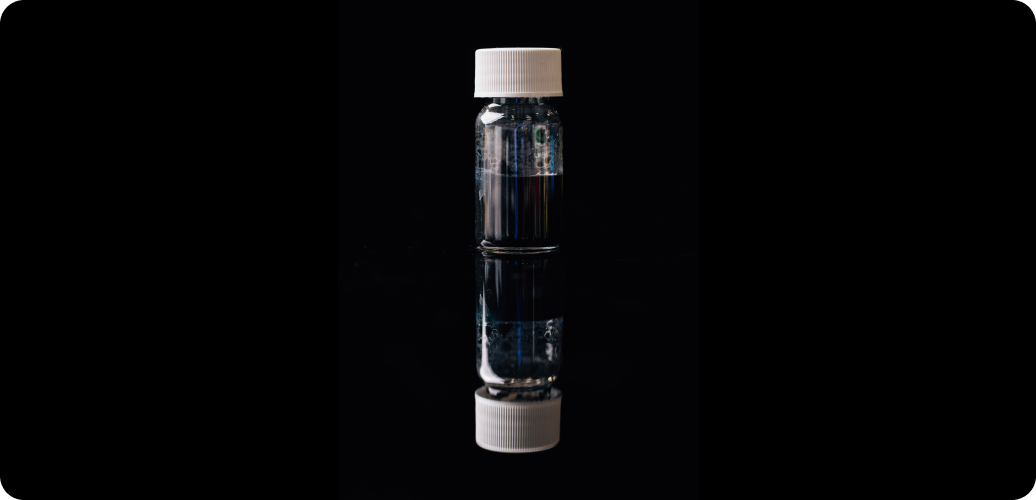
Catalyst Discovery Engine (CDE)
data analysis
The catalyst discovery process.
Our CDE is a data-driven rapid screening process that allows scientists to make, characterize, and quantify the catalytic activity of thousands of material compositions per week. This has enabled us to discover several families of novel, non-iridium catalyst materials that have been validated both in-house and through third-party testing around the world.
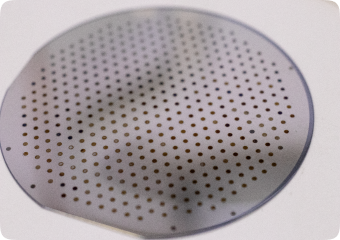
01. Deposit
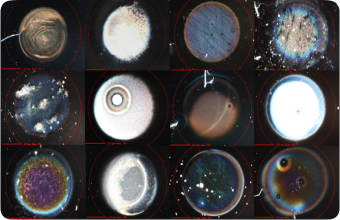
02. Characterize
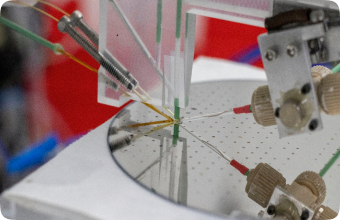
03. Plate screening
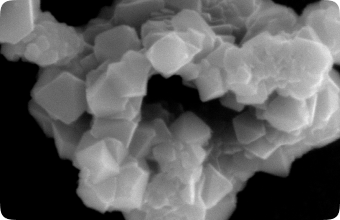
04. Integrate
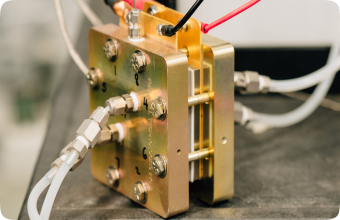
05. Test
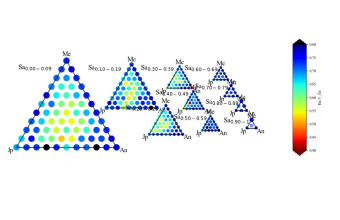
06. Iterate


Curious?
Sign up to learn more about our science, products, and progress.
